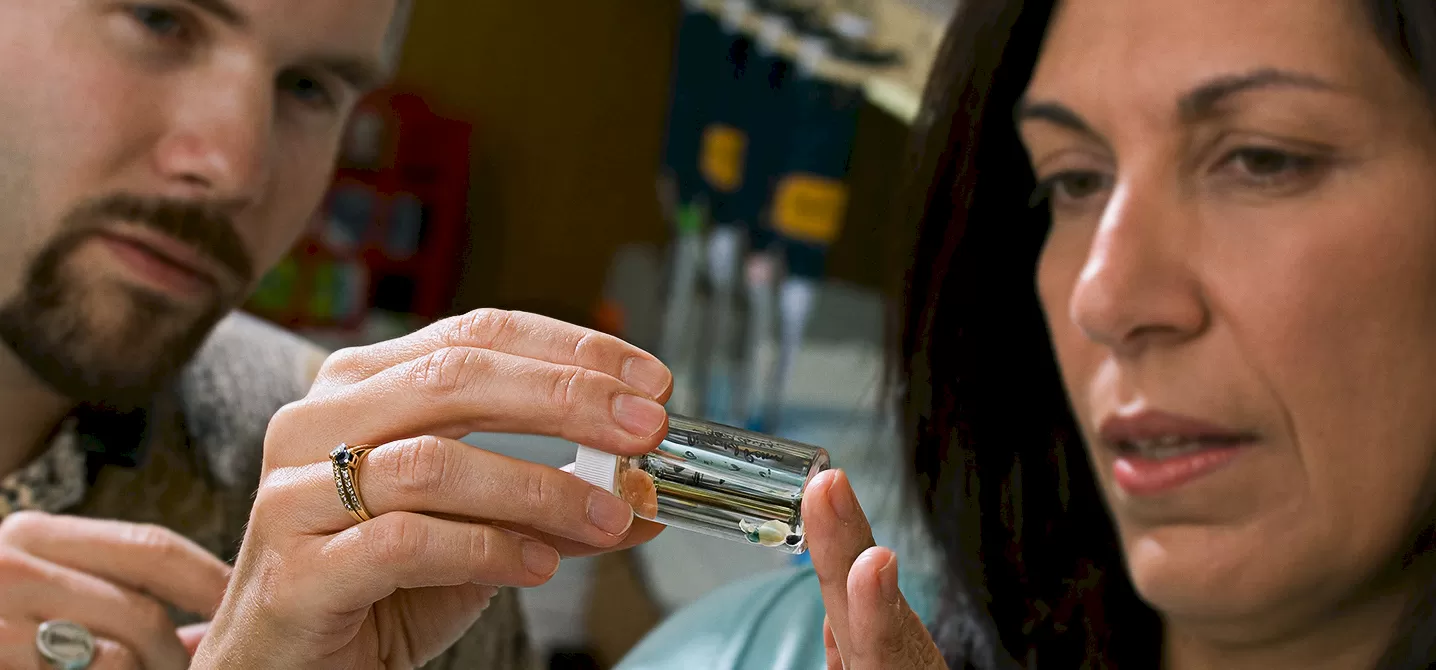Deep Brain Stimulation and MECP2

Last year saw the exciting report that deep brain stimulation, a technique in which electrical impulses are delivered to specific centers in the brain, was effective in reversing impaired learning and memory in Rett syndrome mice. Deep brain stimulation is a surgical technique that is now being used in a range of movement and psychiatric disorders but the mechanism by which it works in the brain remains unclear.
In a new study published this week, Dr. Huda Zoghbi and colleagues have shown that deep brain stimulation in mice can restore the electrical activity of brain circuits that become abnormal when there is either too little MeCP2 protein (as occurs in Rett syndrome) or too much MeCP2 (as happens in MECP2 duplication syndrome). In the study, the authors uncover some of the mechanisms by which inappropriate levels of the MeCP2 protein affect the fine circuits within the brain.
Brain circuits have the capacity to generate various patterns of electrical activity, which represent the coordinated activity of nerve cells in the brain and correspond to the processing of information within brain cell networks. Some of these patterns are very characteristic, such as the various forms of ‘brain waves’ we see when recording brain activity using EEG. This new study is important in that it identifies particular changes in the way brain circuits respond to stimuli when levels of MeCP2 become abnormal. The changes they report include an increased synchrony (simultaneous electrical impulses) within circuits. This may disrupt the operation of circuits or potentially lead to seizures in more extreme cases. The authors also show alterations in the way the networks respond to changes in the balance between excitatory and inhibitory signals in the brain.
The work supports the idea that MECP2 disorders result from the abnormal operation of neural circuits. It also suggests that interventions such as deep brain stimulation, or pharmacological approaches aimed at normalizing neuronal circuit function, may represent a way forward for therapies. We will keep you updated as this work unfolds.
This work was funded, in part, by RSRT.
If you are interested in reading the full paper please email monica@rsrt.org with the request.


